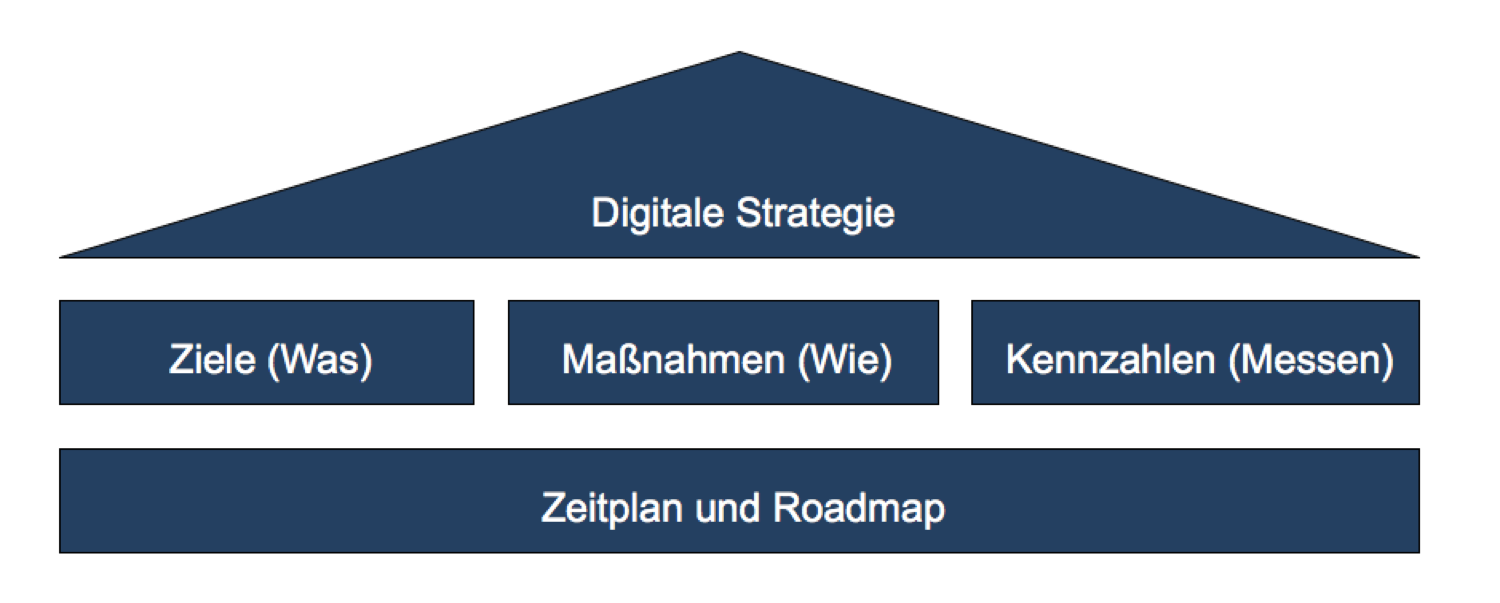The topic of digital transformation is on everyone’s lips and is leading to a so-called “digital change” in many companies. According to many companies, this digital change first requires a digital strategy. But what does this mean for companies and what can such a digital strategy for digital change look like?
Digital strategy
To counteract the rapid pace of digital transformation, many sources suggest “transforming the company in an agile manner”. One Article on agility and digital transformation I have already published. A fundamental change from analog business models to digital is also in the foreground for the digital strategy. The basic idea in this blog is the structural change from companies to “agile” and “evolutionary” companies. Because in this way they can react flexibly and quickly to the coming complexity of the digital transformation. In the following, we will initially start with the fundamental structural change of companies as the basis for a digital strategy. This ultimately results in a basic model for formulating this strategy.

So goals should be defined first. These could include the integration of new organizational models such as mobile working. Based on these goals, appropriate measures can be derived which serve to achieve these goals. For monitoring, key figures should be defined that allow this strategy to be monitored. According to this model, a strategy map and a content strategy are also important. I also feel that this is important. Marketing is becoming increasingly digital. I also have one for this Articles on agile marketing published on the blog.
Digital change
Digital leadership in companies
The digital transformation recommends a new form of leadership: that digital leadership . I have already published an article on this. Basically, this means rethinking the leadership culture towards serving leadership. Due to the high level of complexity, many managers are no longer able to make decisions based on well-founded data and therefore transfer responsibility to their employees. This fundamental change promotes self-organization and motivation in the company. How exactly these principles can be implemented is what I have in the Article on agile leadership explained.
Digital structure in companies
The next step for companies is a change in structure. According to many magazines, classic process and line organizations have become obsolete in the course of the digital transformation. The new models are called Democracy, Sociocracy or Holacracy . This change to “agile” and “evolutionary” companies enables the dynamics and speed of the trends around big data, Industry 4.0 and to master digitization. The picture shows an “agile evolution”. Companies are therefore required to introduce any kind of change slowly and carefully. Such a change will not become established overnight but must be tested on the basis of a pilot project. This project can serve as a model for other departments in the company. For that I have articles too agile departments published to define such pilot projects.
[werbung]
[fotolia]



